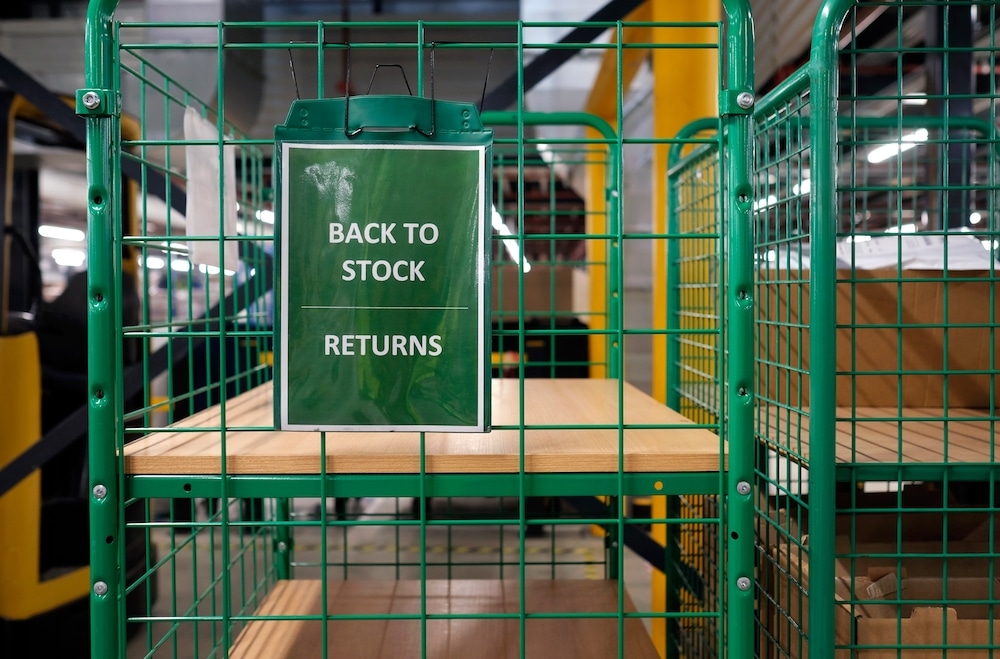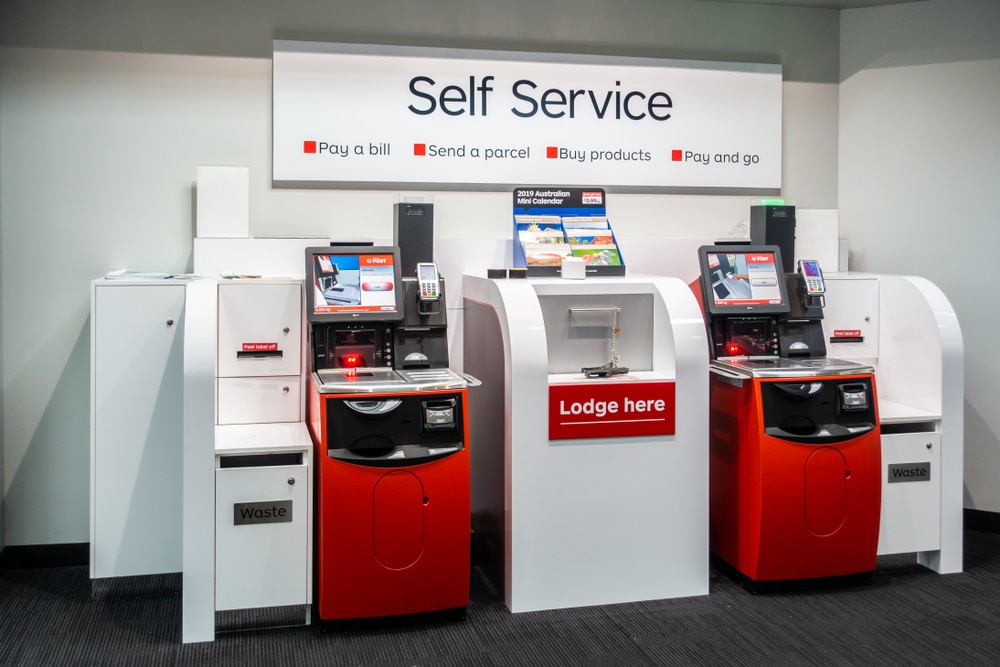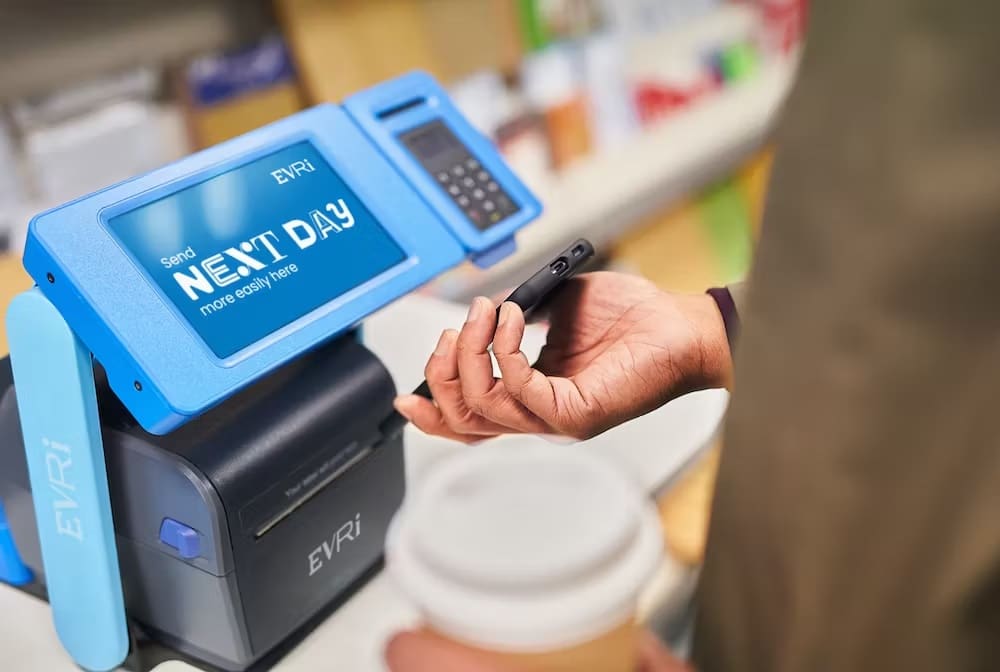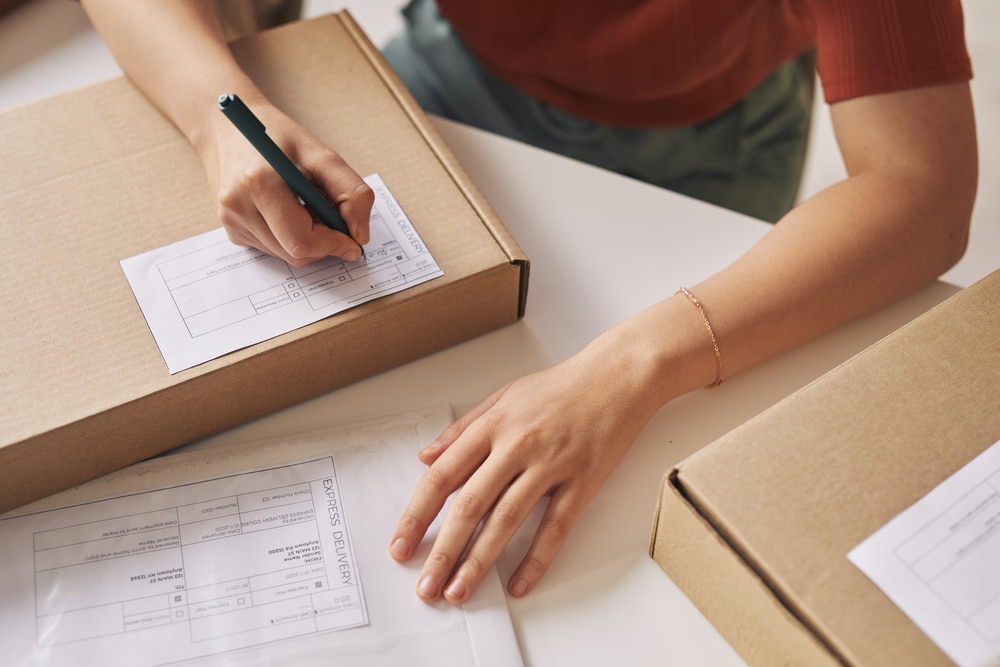The latest news and insights from the first and last mile
Page 1 of 7 — 60 articles
Why mastering returns is key to 3PL growth
With returns management systems, 3PLs can turn returns from a burden to a competitive advantage.
7 tactics to drive self-service parcel drop-off adoption
Focusing on parcel kiosks, we explore 7 tactics to encourage customer adoption and drive volume into out-of-home (OOH) delivery networks.
Lessons from a decade in the first and last mile
A decade as Doddle taught us some lessons - and Blue Yonder helps us see what will matter in the next decade.
Postal results, reforms, and returns
Posts around the world are seeking reform, but how can they drive improved results in the short term?
5 ways to digitise your returns process and increase profitability
Discover the 5 easy ways to digitise your returns process for better returns efficiency and ROI.
5 Changes We Predict in eCommerce Delivery & Returns in 2024
Our predictions for 2024 in ecommerce delivery and returns, plus a roundup of our 2023 predictions.
Retailers risk missing an online returns opportunity
CCO Mike Richmond weighed in on the online returns opportunity in the Future of E-commerce Report published by The Times
Case Study: What carriers can learn from Evri’s returns kiosk network
Evri's use of kiosks provides a great lesson for carriers on expanding PUDO networks and capturing volume in the valuable returns and C2C segments.
2023 report reveals 11% YoY increase in merchants struggling with returns
We explore how the returns market, and merchant perceptions, have changed in the last year.






















